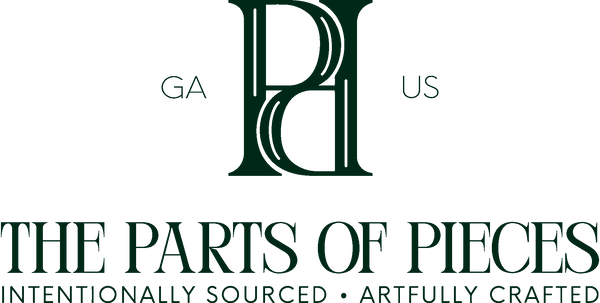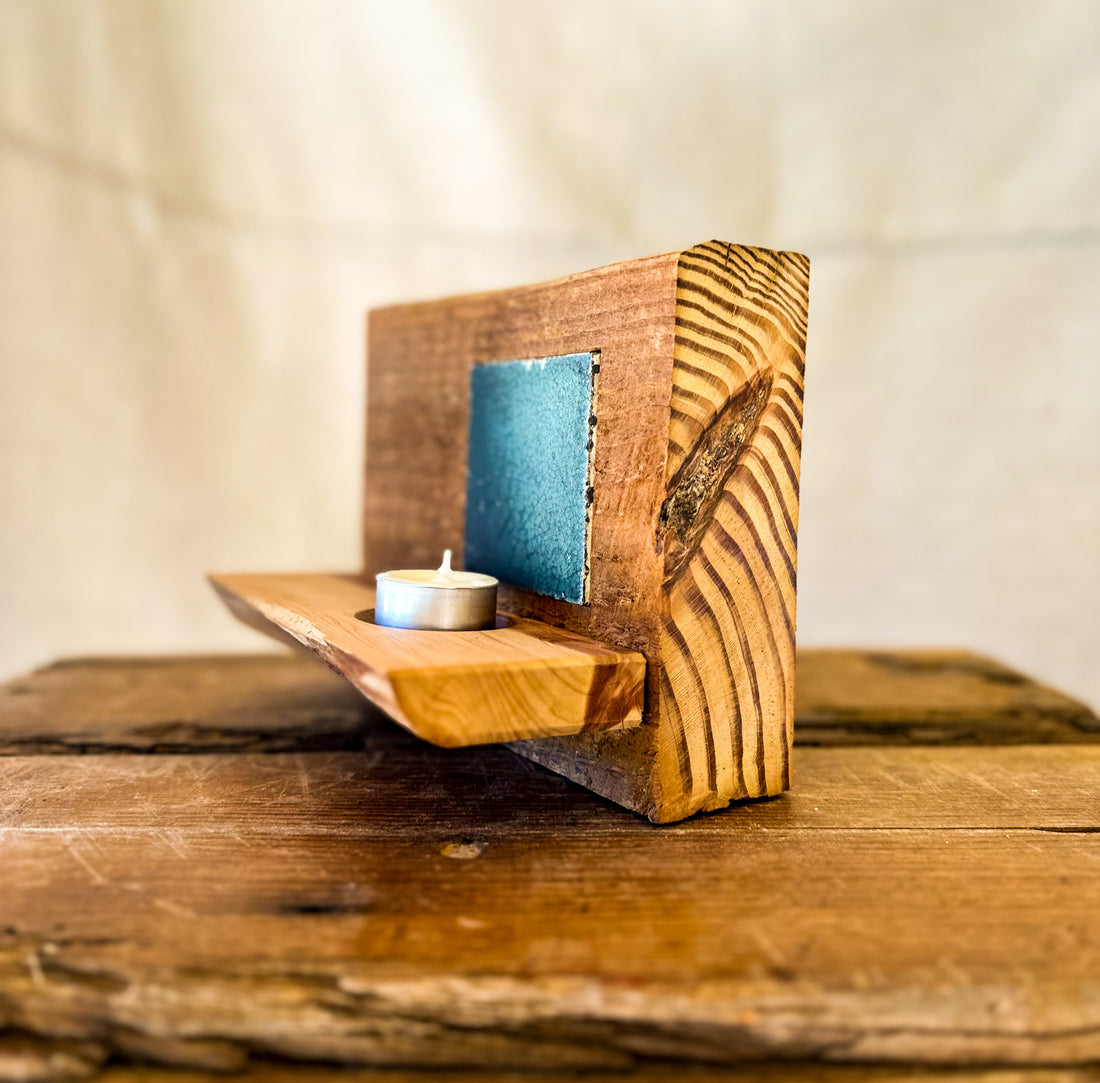The tile we salvaged on Prince Avenue seemed like it needed a spotlight in order to really appreciate the character of each square. We opted to inlay each tile in an old pine rafter and illuminate the tiles with candlelight. The resulting wall sconces look outstanding with the flame catching and dancing around the tile.
Curiosity being what it is, I wanted to find out how many potteries Athens had at that time and if our tile had ben purchased there.The first pottery in Athens is documented around 1884 and was located on Pottery Street. The land was purchased by Robert Bloomfield* from Rev. John Newton’s son, Elizur Newton. The original owner of the Prince Avenue property was also a direct descendant of Rev. Newton and kin to Elizur.
In the stories about Bloomfield, it became very obvious that someone like Mr. Charles Newton, an insurance agent, would have been acquainted with him. I thought that the Newton Family tie to the first record pottery and the Bloomfield tie were interesting. However, The R.L. Bloomfield Pottery, or Athens Pottery Works, was known more for the production of pipes and jugs from 1884 until 1892. The Newton House was built 5 years after the closure of the pottery.
I went on to find that Bloomfield’s Pottery got most of their clay from Sandy Creek and it was oftentimes brought down the Oconee River. This clay was appropriate for the items they were making but would most likely not have been used to make decorative pieces. The Harsha Pottery or Athens Pottery existed form 1912 until 1914. Harsha is said to have produced more items useful for the home.
This area has, in the recent past, been the topic of great debate. The old Pottery area has seen extreme develpoment. There was the Wal-Mart build that was denied and that gave way to the mixed use student housing complex there today. The homes and wonderful coffee roaster were torn down after great protest from the citizens of Athens.
*See Cloverhurst Avenue Blog
*See The Newton House Blog

